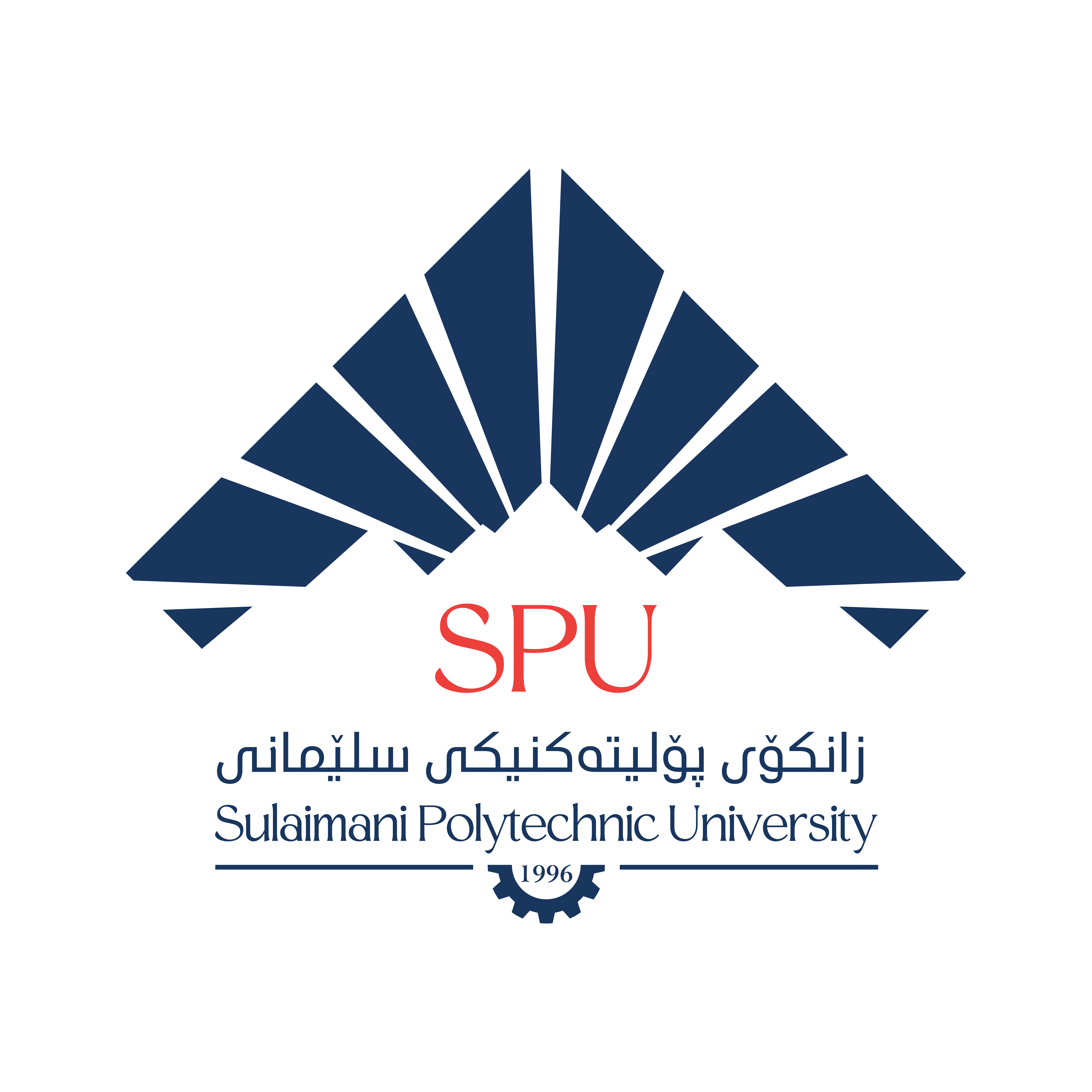
The Second Version of the Digital Exhibition “Talk to Sarai” was organized
On 18/09/2021, the Digital Cultural Heritage Research Center at Sulaimani Polytechnic University, in collaboration with NahreinNetwork, exhibited “Talk to Sarai” a digital exhibition at the Sulaimani Polytechnic University with the presence of Shanaz Ibrahim Ahmed, the head of the Sulaymaniyah center, and Dr.Alan Faraidun Ali Amin, the president of Sulaimani Polytechnic University, and Dr. Rozhin Kamal, the director of the Digital Cultural Heritage Research Center (DCH).
Several university presidents, teachers and higher education employees and media staff also attended the exhibition.
The ceremony began with a moment of silence for the pure souls of the martyrs of the way of science, and then Dr. Alan FaraidunAli Amin, president of Sulaimaniyah Polytechnic University, offered his speech and stated that “today our university is proudly reintroduces the Sarai of Sulaimaniyah which tells itsstory in a modern way, and Ibrahim Pasha talks about the establishment of the city with many other figures in the city, using new information technology and your mobile phones at polytechnic university.
The president of Sulaimaniyah Polytechnic University thanked all his colleagues for the success of the project and called on everyone to continue this project to make Sarai Sulaimaniyah a modern digital museum and expand this project to an ongoingmuseum
Later on, the importance of the project was presented by Dr. Rozhin Kamal and introduced the audience to the second version of the digital exhibition “Talk to Sarai”
In another part, the participants of the ceremony practically embodied the second version of the digital exhibition “Talk to Sarai ” and listened to Sara and the establishment of Sulaimaniyah from the stories of some figures of the city.
“Talk to Sarai” is a new research and developmental project using real and creative technology that the first version of the project was presented in 2019. In the second version of the project, real and metaphorical visitors can use the exhibition from different locations and even in their own homes through a mobile app and they can enrich the research project with their feedbacks.



